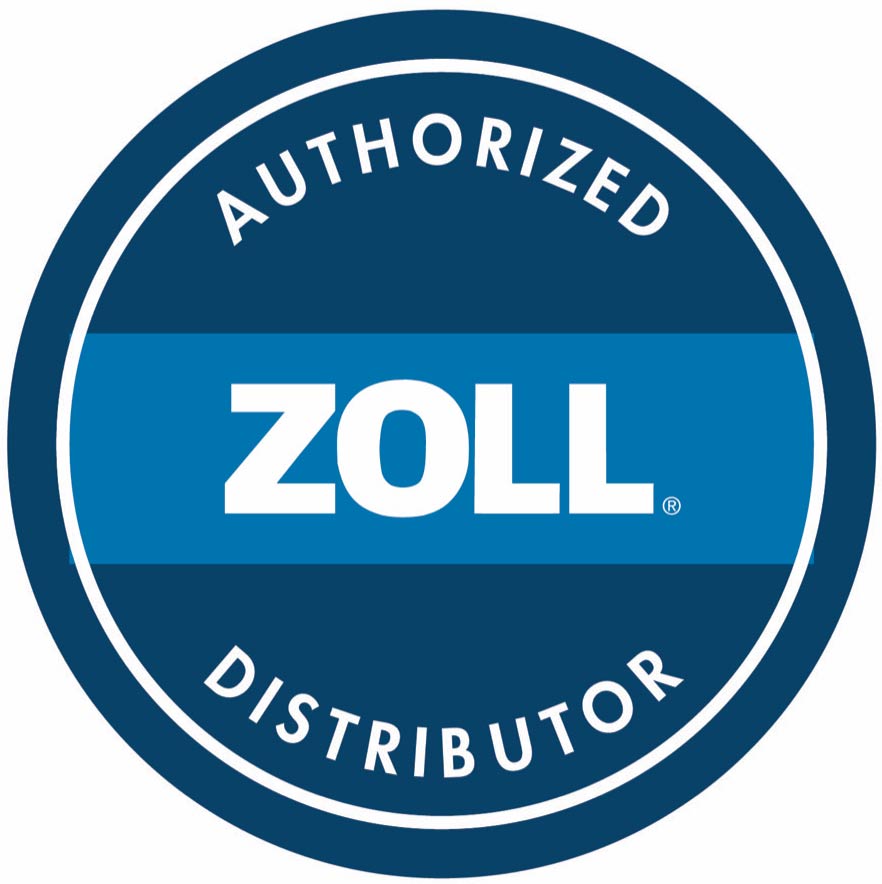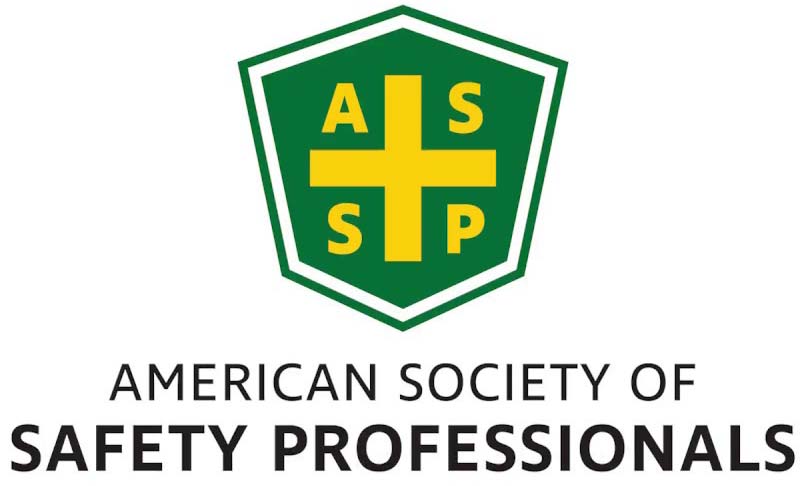Emergency preparedness can often be daunting, and many would prefer to think it’s something that isn’t necessary. However, taking the time to make sure your family and workplace are prepared to react in a crisis can sometimes mean the difference between life and death. Here, the safety and emergency preparedness experts at Heart To Beat provide insight into how you can prepare for different kinds of emergencies.
Emergencies Overview
Emergencies can come in all shapes and sizes, but all require thought-out reactions. This resource will provide information on how to prepare for the following emergencies:
- Natural disasters
- Fire
- Medical Emergencies
Natural Disaster Emergency Preparedness
Natural disasters may include hurricanes, tornadoes, earthquakes, floods, or storms depending on your geographic location. While some natural disasters occur without warning, it is important that you utilize all resources available to you– such as the local news and weather stations– to make informed decisions leading up to the event. For example, if your town or city is in the path of a hurricane, make sure that you are heeding the advice of local officials in the days leading up to the storm. If it is advised, and you are able to, evacuate the area.
For natural disasters that give a smaller window of response, take whatever action is possible. If your county has been placed under tornado warning or watch, seek shelter inside a basement or room without windows. If you are driving and a tornado warning is issued, pull over to the side of the road, stay inside your car, and try to get as low as possible. In the event of flooding, do not try to drive through a flooded road, despite how shallow the water may seem.
While no one can plan the weather, you can take steps to prepare for a natural disaster. Create emergency kits to store in your car, home, and workplace. Ideally, home kits should contain enough supplies to last for two weeks. While this may seem intimidating, it is important that you begin your kits by storing whatever is possible. The following should be included in your emergency kit:
- Bottled water: One gallon per person per day. Home and workplace kits should have enough for two weeks, your car kit should hold enough for three days.
- Non-perishable food: Three meals per person per day. Home and workplace kits should have enough for two weeks, your car kit should hold enough for three days.
- Flashlight
- Replacement batteries
- Hand-crank radio
- First aid kit
- Whistle
- Change of clothes: Pack two changes of clothes for each person. Consider the potential climate in your area and pack appropriately.
- Prescription medications: Your home kit should contain at least two weeks’ worth of any prescription medications you or your family members need.
- Travel-sized toiletries
- Portable charging bank for cell phones
- Blanket
- Emergency contact cards
- Cash
- Permanent marker
- Self-adhesive wristbands: Use the permanent marker to write each person’s first name, last name, and contact information on their wristband. This will allow individuals to get in touch should they be separated during the emergency.
- Copies of personal documents: Examples include medication list and pertinent medical information, proof of address, deed/lease to home, passports, birth certificates, and insurance policies. These should be stored in a damage-proof lockbox.
In addition, your family may need to adapt your kit based on the unique needs of your loved ones. Here are some things to consider when building your emergency kit:
Is anyone in your family under the age of 10?
Natural disasters can be especially traumatic for children. If you have any infants in your family, make sure you pack appropriate baby supplies, such as formula, bottles, diapers, and baby food. For older children, including games, puzzles, or stuffed animals can help to make the environment more calming, and help to keep them occupied in the event of an emergency such as sheltering in place during a storm.
Does anyone in your family have limited mobility?
If so, make sure to pack a cane, walker, or wheelchair if possible.
Does anyone in your family have additional medical needs?
If so, pack additional medical supplies, such as syringes, hearing aids, contacts, oxygen tanks, or test strips.
Do you have any pets?
If so, account for them as well. Make sure you factor them into your water supply and plan to store two weeks’ worth of their food with your kit. Pack an extra leash and collar. Make sure all pets have tags with your contact information on them. If you are evacuating the area, bring your pet with you.
Having these kits created and stored in easy-to-access spots can allow you, your loved ones, and your coworkers to better respond and survive in the event of a natural disaster.
Fire Emergency Preparedness
Despite your best efforts, not all fires are preventable. Lightning, electrical malfunctions, and accidents can all lead to potentially devastating fires. Because of this, one of the most important things that you can do is prepare your home and workplace to react in the event of a fire.
Smoke detectors are often the first line of defense in the event of a fire– if they fail to alert you of smoke, you may not know your building or home is on fire until it’s too late. Because of this, all alarms should be tested monthly, and spare batteries should be stocked in the home. Make sure that everyone living in the home, including children and the elderly, knows what the alarm sounds like.
In addition to educating residents about your fire alarms, take time to teach them other important steps to take following a fire. All places of employment and homes should establish a meeting place, which is a safe location where your party will reconnect after exiting a burning building. Educate children on how to call 9-1-1, and make sure that they know their home address. This is equally important for elderly individuals or individuals with disabilities. If your loved ones could have a hard time remembering what to do in the event of a fire, have limited mobility, or may be challenged by using a telephone, investing in a safety button can allow them a direct line to an emergency dispatcher.
With most fires, time is of the essence. Take time to review a fire response plan with all employees and family members. If your home or office building catches fire, take the following actions:
- Call 9-1-1.
- Yell “Fire!” right away, and get outside of the building immediately. If you are in a building with elevators, be sure to use the stairs.
- Leave all physical possessions where they are. Do not try to bring anything out of the building with you. Doing so may delay your exit from the building.
- Before opening doors, check the door handles for heat. If the handle is hot, do not open the door.
- If smoke or hot doors block your primary exit, try a secondary exit.
- If you must exit through smoke, get as low as you can and cover your nose and mouth with clothing, if possible.
- If you cannot exit due to flames or heavy smoke, stay where you are and keep all doors closed. Place a wet towel under the door. Open a window and wave a brightly colored shirt or cloth to alert first responders to your location.
- Once you are outside, go to your meeting place.
Fires and other disasters are extremely stressful, and some individuals may find that they are unable to make decisions as clearly as they would in a normal environment. Reviewing this important information with them prior to being in an emergency situation can be lifesaving.
Medical Emergency Preparedness
Medical emergencies can occur anywhere. In fact, more than 350,000 cardiac emergencies happen outside of a hospital each year. Whether you’re a victim, bystander, or loved one of a victim, having a thorough understanding of what to do in the event of an emergency can greatly increase an individual’s survival rate.
As a business or homeowner, one of the most important things for you to do is ensure that you have fully-stocked first aid kits and ready-to-deploy AED’s in easily accessible spots. If your business or home has multiple first aid kits, make sure that they are identical– all contents should be the same and be located in the same spot within the kit. This will allow you to react quickly and efficiently in the event of an emergency, and reduce the amount of time you spend searching for supplies you need.
In addition, taking the time to invest in proper training can arm you with the skills needed to respond to a medical emergency. Being fully trained in first aid, CPR, and AED usage can provide valuable knowledge and potentially save a life. If you’re a business or organization, these classes are a great opportunity for team bonding and can create a safer workplace for both your employees and patrons.
If you or someone you love has a condition that may make you more susceptible to medical emergencies, there are steps you can take to help ensure that you can get the care you need in the event of an emergency. Wearing a medical ID bracelet can provide witnesses and first responders with valuable information such as name, emergency contact information, and medical conditions. These bracelets are recommended for individuals living with one or more medical conditions, allergies, medications, or specific medical instructions. They’re also useful for those who may be unable to articulate medical information, such as children or those with intellectual disabilities. These bracelets can be lifesaving tools.
In addition to medical ID bracelets, ID cards that include important information can be stored in wallets and be referenced in the event of an emergency. Having this information in a convenient, easy-to-locate place can allow first responders to quickly react and potentially save a life.
Get Prepared with Heart To Beat
There’s no way to predict an emergency, but there are ways to prepare yourself. Whether you’re facing a natural disaster, a fire, or a medical emergency, arming yourself with the knowledge and tools to react can save a life. If you’re interested in learning more, sign up for a class with Heart To Beat. All of our classes are taught by current or former field practitioners, ensuring you’re getting hands-on experience from the experts. Browse class openings or sign up today by visiting our website.











